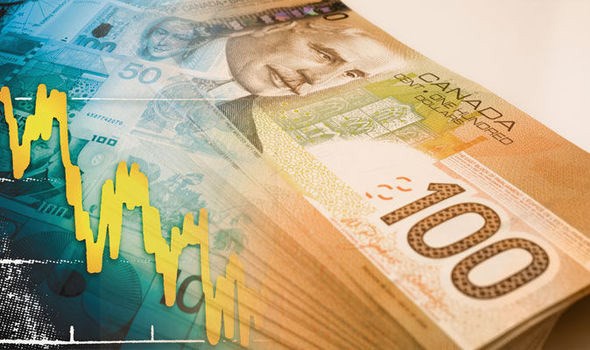New limits on contributions and spending in municipal campaigns changed the pattern of election spending, but didn’t seem to have a huge impact on the totals in the Sechelt mayoral race.
The new rules banned corporate and union donations and imposed spending limits during the campaign, but not in the lead-up.
According to disclosures released by Elections BC this week, incumbent Bruce Milne spent just over $27,000 in his unsuccessful bid for reelection, while the eventual winner, Darnelda Siegers, spent around $14,900.
Those numbers dwarf the spending by the candidates for mayor of Gibsons.
The Siegers campaign spent $4,986.43 during the pre-campaign period and $9,932.37 during the campaign period, Sept. 22 to Oct. 20, when a $10,000 cap was in place.
Milne’s team spent much more during the run-up to the official campaign period – $18,285. It reported $8,835 in spending during the campaign.
Milne’s campaign contributions of $29,100 also reflect a different pattern from Siegers’. Over a 10-day period in August 2018 the Milne campaign received 23 individual contributions for the maximum $1,200 – all from people who did not contribute to his 2014 campaign. The only other individual contributions were $1,000 from Milne himself and two at $250 made just before Milne declared he was running for reelection.
Siegers reported nearly 60 individual contributions going back to 2017, but only three for the $1,200 maximum and six of over $500, for a total of $16,669
Al Holt spent just $2,924.75 in his bid to become mayor, funded from contributions from himself and his wife, and $700 from supporter George Goudie.
Council candidates faced a $5,000 spending limit during the campaign period, and only a couple came close to that figure – Alice Lutes, who declared expenses of $4,154, and Janice Kuester, who spent $4,032 in a winning election bid.
Only two other candidates, who both went on to win council seats, spent over $3,000 – Matt McLean and Eric Scott.
In Gibsons, Bill Beamish ran a self-financed campaign that spent $1,658 on his successful bid for mayor. Beamish also spent $910 on his campaign for council, before entering the mayoralty race after Silas White dropped out.
The highest spending mayoralty candidate was Blake MacLeod, who declared $3,047 in expenses. Les Thomson spent $1,446 and William Moysey’s campaign cost $648.
Council candidates in Gibsons also had a $5,000 spending limit, which Aleria Ladwig came closest to hitting with expenses of $4,412 in addition to $588 spent in the pre-campaign period. The next-highest spending campaign was that of Suzanne Senger, who declared total expenses of $3,836.
After a 2014 election that saw third parties spend heavily, only two third parties reported spending any money in support of candidates in Sechelt and Gibsons, with one spending less than $500 and the other spending $750.
Spending limits for SD46 school trustee candidates ran from $5,000 in Area 1 to $7,106.50 in Area 3. The Sunshine Coast Regional District rural areas all had limits of $5,000. There was also a $5,000 limit in the election for positions on the Sechelt Indian Government District advisory council.
Full disclosure statements for all local government candidates are available online at elections.bc.ca



